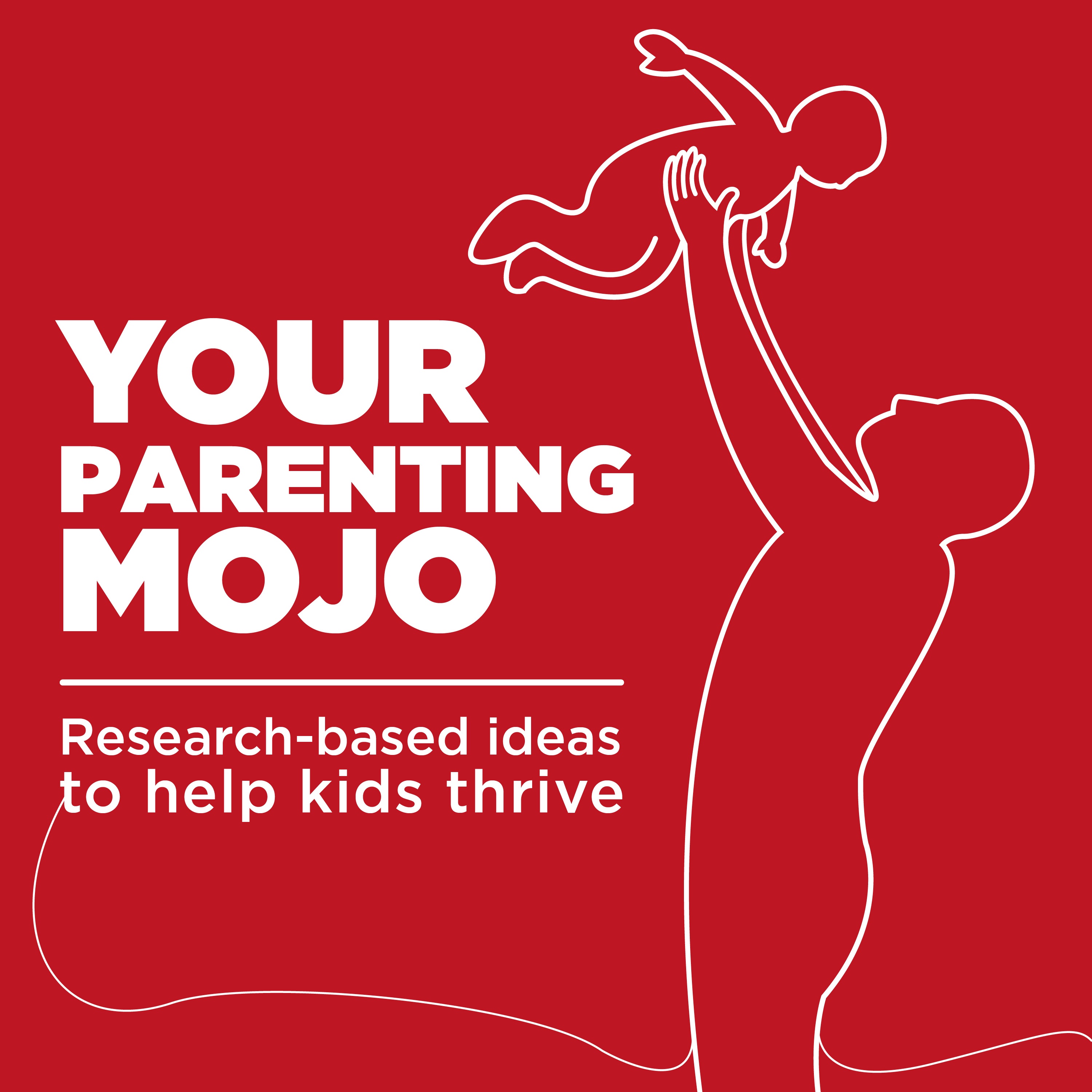073: What to do when your child refuses to go to school

We\u2019re a couple of weeks into the new school year by now and I hope that for most of you the morning drop-offs have gotten a bit easier than they were in the beginning.\nBut some of you may still be struggling with a child who doesn\u2019t want to go to school, who resists you leaving at drop-0ff time, and who might be suddenly suffering from stomachaches and headaches (particularly on Sunday nights or weekday mornings) that had not previously been a problem.\nToday\u2019s interview with http://www.changeanxiety.com/about.htm#Dalton (Dr. Jonathan Dalton), director of the Center for Anxiety and Behavioral Change in Rockville, MD is going to help us understand whether our child is having a \u2018normal\u2019 amount of difficulty transitioning to school or if they are struggling enough that they might need extra help \u2013 and if so, what to do about it.\n \nReferences\nBergin, C., and Bergin, D. (2009). Attachment in the classroom. Educational Psychology Review 21, 141-170.\nDalton, J., and Beacon, V. (2018). School refusal. In D. Driver and S.S. Thomas (Eds.), Complex disorders in pediatric psychiatry: A clinician\u2019s guide (pp 11-22). St. Louis, MO: Elsevier.\nEgger, H.L., Costello, J., and Angold, A. (2003). School refusal and psychiatric disorders: A community study. Journal of the American Academy of Child and Adolescent Psychiatry 42(7), 797-807.\nHallinan, M.T. (2008). Teacher influences on students\u2019 attachment to school. Sociology of Education 81, 271-283.\nHamre, B.K., and Pianta, R.C. (2001). Early teacher-child relationships and the trajectory of children\u2019s school outcomes through eighth grade. Child Development 72(2), 625-638.\nHouts, R.M., Caspi, A., Pianta, R.C., Arseneault, L., and Moffitt, T.E. (2010) The challenging pupil in the classroom: The effect of the child on the teacher. Psychological Science 21(12), 1802-1810.\nJerome, E.M., Hamre, B.K., and Pianta, R.C. (2009). Teacher-child relationships from kindergarten to sixth grade: Early childhood predictors of teacher-perceived conflict and closeness. Social Development 18(4), 915-945.\nKearney, C.A. (2016). Managing school-based absenteeism at multiple tiers: An evidence-based and practical guide for professionals. Oxford, U.K.: Oxford University Press.\nKearney, C.A., and Albano, A.M. (2007). When children refuse school: A cognitive-behavioral therapy approach, Therapist guide (2nd Ed.). Oxford, U.K.: Oxford University Press.\nKearney, C.A. (2006). Dealing with school refusal behavior: A primer for family physicians. Family Practice 55(8), 685-692.\nKearney, C.A. (2002). Identifying the function of school refusal behavior: A revision of the school refusal assessment scale. Journal of Psychopathology and Behavioral Assessment 24(4), 235-245.\nKing, N., Tonge, B.J., Heyne, D., and Ollendick, T.H. (2000). Research on the cognitive-behavioral treatment of school refusal: A review and recommendations. Clinical Psychology Review 20(4), 495-507.\nLadd, G.W., and Dinella, L.M. (2009). Continuity and change in early school engagement: Predictive of children\u2019s achievement trajectories from first to eighth grade? Journal of Educational Psychology 101(1), 190-206.\nLadd, G.W., and Buhs, E.S., and Seid, M. (2000). Children\u2019s initial sentiments about kindergarten: Is school liking an antecedent of early classroom participation and achievement? Merrill-Palmer Quarterly 46(2), 255-279.\nLast, C. G., Hansen, C., and Franco, N. (1998). Cognitive-behavioral treatment of school phobia. Journal of the American Academy of Child and Adolescent Psychiatry 37, 404\u2013411.\nPianta, R. C., Belsky, J., Vandergrift, N., Houts, R. M., and Morrison, F. J. (2008). Classroom effects on children\u2019s achievement trajectories in elementary school. American Educational Research Journal 45 (2), 365\u2013397